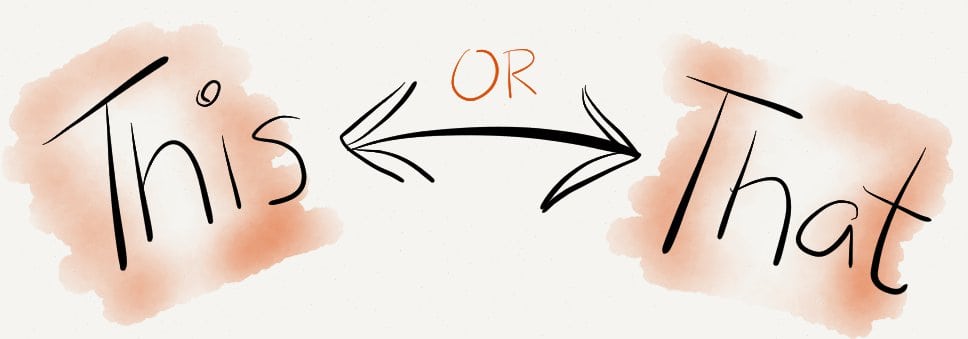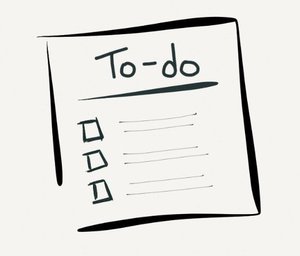Approach your work with violence.
“A good plan executed violently now is better than a perfect plan executed next week” – General George S Patton Jr.
Take massive action.
“The path to success is to take massive, determined action.” – Tony Robbins
The thought of working ‘violently’ gets me in the right state of mind to complete my work.
I used to aim for perfection. I used to get easily overwhelmed and easily frustrated.
Now I get fired up to take on tasks.
I take action, any action, to advance my goals. I look for ways to flank your tasks (automate, batch, break it down into small chunks and achieve small victories).
My relentless action leads to relentless progress.
Be in One of Two States
I either operate with violence or serenity. During the work day I find myself in wartime and in peacetime.
Massive action can lead to a state of frantic ‘busyness’. Therefore it is important to practice violence in short bursts. After each burst of violence capture your completed work and the time to capture as a brief intermission and a chance to reflect on the significance of your work while experiencing a deep calm. If your violence leads to low-value work, stop being violent in that area.
Don’t let the violence consume you and lead to chronic stress. Use it as a tool but let that tool turn against you and don’t wear the tool out.
Make Initial Actions, Massive Actions
“When would now be a good time to do that?” – Tony Robbins
All power comes from the moment you decide to act.
Never leave the sight of a goal without doing something towards it attainment. When inspired by a new goal, ask yourself: “what can I do with two minutes of intense work to further my commitment to this goal?”
Two minutes of violent action is enough to solidify your commitment to a goal. Once a ball is rolling downhill it becomes hard to stop.
Massive action creates momentum – momentum leads to progress – progress generates results. Massive action is taking that initial action as soon as possible.
“The important thing is to have a ball, to be joyful, to be loving and to be explosive. Out of that comes everything and you grow.” – Ray Bradbury
What Now?
Overwhelm each item with a flurry of violent action. Take 2 minutes to thrash and hack your way through the to-do list. Observe the progress you make and build off it.
When you get violent with your work it doesn’t have a chance to overwhelm you.


